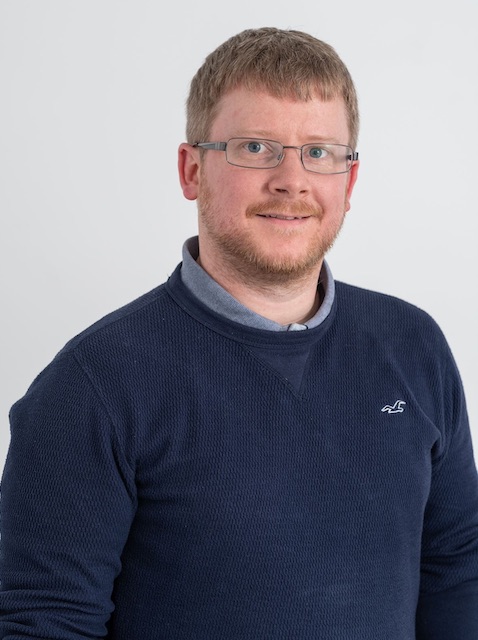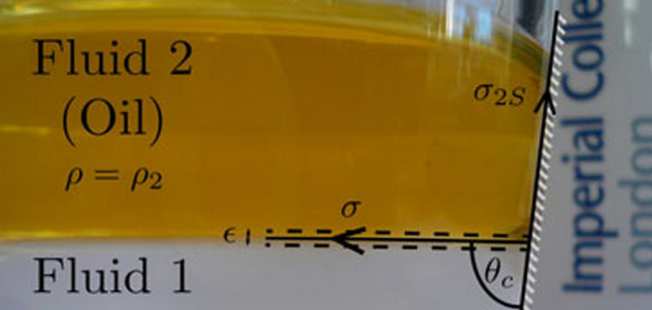Dr David Sibley
resume

PhD Mathematics, University of Bath, UK (advisor: Jonathan Evans); MSc Modern Applications of Mathematics, Bath, UK; BSc Mathematics, University of Nottingham, UK. Now Lecturer in Mathematics, Loughborough University, UK
About
Following Imperial position David joined as a Lecturer in Applied Mathematics the faculty at the Department of Mathematical Sciences, Loughborough University, Loughborough, UK. Now Senior Lecturer in Applied Mathematics and Senior Tutor for Department of Mathematical Sciences, Loughborough University, Loughborough, UK. His Loughborough web page is available here. The information below was of relevance whilst a postdoctoral research associate in the Complex Multiscale Systems group.
I was a postdoctoral research associate in the Complex Multiscale Systems group lead by Professor Serafim Kalliadasis in the Department of Chemical Engineering at Imperial College London. Prior to this, I completed my PhD under the supervision of Dr Jonathan Evans in the Mathematics department at the University of Bath.
My current research is described below. Predominately I am interested in the fluid dynamical description of the motion of contact lines - the location at which two immiscible fluids and a solid substrate meet, and of modelling a variety of complex fluid properties and problems such as interfacial flows and non-Newtonian effects. I employ a variety of analytical and numerical methods, focussing on matched asymptotics, to study these phenomena.
If you wish to contact me, you can email me at d.sibley@imperial.ac.uk.
Current Research
My research focusses on modelling and understanding the motion of contact lines, contact lines being the location at which two immiscible fluids and a solid substrate meet. They arise in a wide range of both natural and technological processes, from insects walking on water and the wetting properties of plant leaves to coating, inkjet printing, and oil recovery. Understanding of the moving contact line remains a persistent problem and a long-standing and fundamental challenge in the field of fluid dynamics.

The crux of the moving contact line problem is that, when treated classically as two immiscible fluids with a sharp interface moving along a solid surface satisfying the no-slip condition, there is no solution due to a multivalued velocity at the contact line. The problem is of such interest as there are many physical effects which occur on the microscale and are not included in the classical description, which may influence and help to resolve this problem. In my recent research, alongside others from the group, we have considered some of the more complex, yet physical and universal effects, and attempted to reconcile these models with their classical macroscopic counterparts.
Specifically, we have investigated a complex continuum model, namely the interface formation model, in the prototype system of droplet spreading in the lubrication approximation using matched asymptotic methods and numerical pseudo-spectral methods, and compared it to more common models based on slip at the solid surface. We are also investigating diffuse-interface approaches for liquid-gas and liquid-liquid systems, based on the physically motivated model that the interface, even between ostensibly immiscible fluids, is not sharp but thin.
Journal Publications
You can find a list of my publications on my college homepage. My PhD thesis is available on the University of Bath Opus (Online Publications Store) Sibley, D. N., 2010. Viscoelastic Flows of PTT Fluids.
Videos
You can view a video [mp4] of a presentation I gave at a Workshop on "Thin Liquid Films and Interfaces: Models, Experiments and Applications," at the Banff International Research Station for Mathematical Innovation and Discovery, discussing my work and linking to the work of other members of our group.


